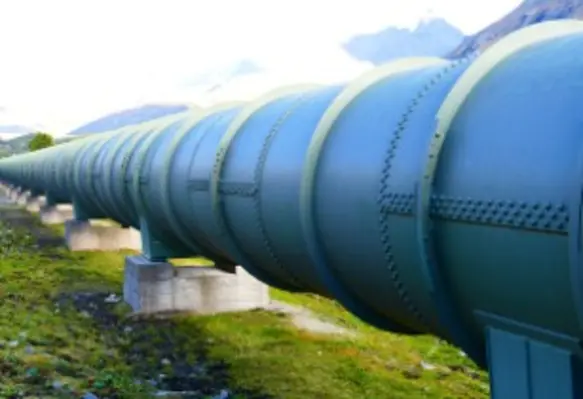In an article for Oil Review Middle East, Lars Larsson of Schneider Electric highlights the importance of an effective leak detection strategy in maintaining integrity for gas pipelines
“While leak detection guidelines have been established for liquid transmission pipelines for a long time, the guidelines or standards for leak detection on gas pipelines are few and typically company specific,” Larsson says. “This presents a large challenge to an industry where failing pipeline integrity can affect the planet and the lives of those who inhabit it, not to mention the company’s bottom line. Leak detection is key in preventing disasters, both environmental and human, from occurring, as well as preventing loss.”
Larsson adds that the complexity of the Middle East pipeline network adds layers of difficulty to integrity management for both liquid and gas pipelines. For a region whose economy is nearly exclusively dependent on oil and gas revenues, this is an important challenge to manage.
“The key to preventing a leak in a gas pipeline is the same as for a liquid pipeline, and is that the physical pipeline, its equipment, and instrumentation have an integrity management program (IMP) in place, making sure that the whole infrastructure is maintained and kept in good working order,” says Larsson.
“The foundation of strong gas transmission leak detection is an accurate hydraulic model of the pipeline, and this is where many Middle East pipeline companies can improve. To sustain an accurate hydraulic model that can support advanced leak detection systems, sufficient and ongoing maintenance of the pipeline and the model is needed,” he continues. It can be significantly more effective and cost efficient to focus on regular maintenance rather than system overhaul, he adds.
“Proper maintenance allows a business to detect leaks and act on them to prevent environmental and economic loss, as well as create a detection plan to work off of as time goes on. When anomalies show up they should be promptly investigated and maintained. Using the hydraulic model, a pipeline controller is able to better understand if the abnormal pressure reading is caused by a deposit build up, equipment failures, or if the pipeline in fact has an integrity issue.”
In his article, Larsson covers the important role of the real time transient model, the requirement for a more complex set of flow monitoring solutions to observe and identify the cause of anomalies in the pipeline, balancing leak detection and business efficiency, and the importance of manpower dedicated to leak detection.
“While gas pipeline leak detection seems daunting, it is not something to be feared if proper maintenance is performed on the gas pipeline network,” Larsson concludes. “The main goal of pipeline maintenance, modeling, and detection is to avoid large leaks down the road. The effort put into balancing these factors from a pipeline integrity point of view from the beginning, will continue to pay off long into the future.”
Read the full article on page 16 of the current issue here.









